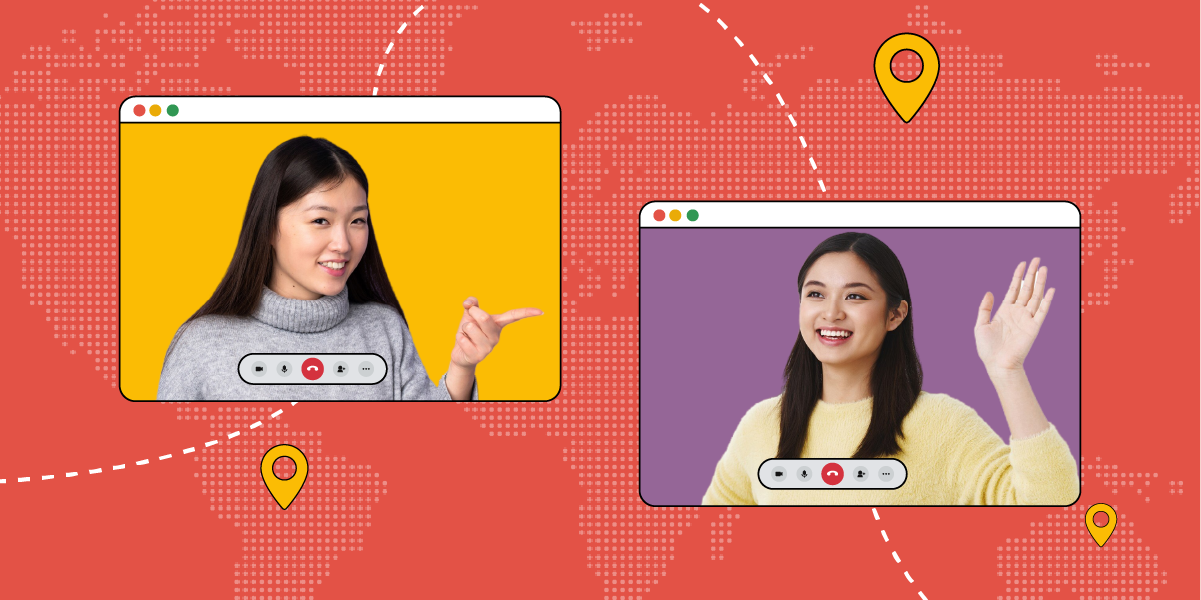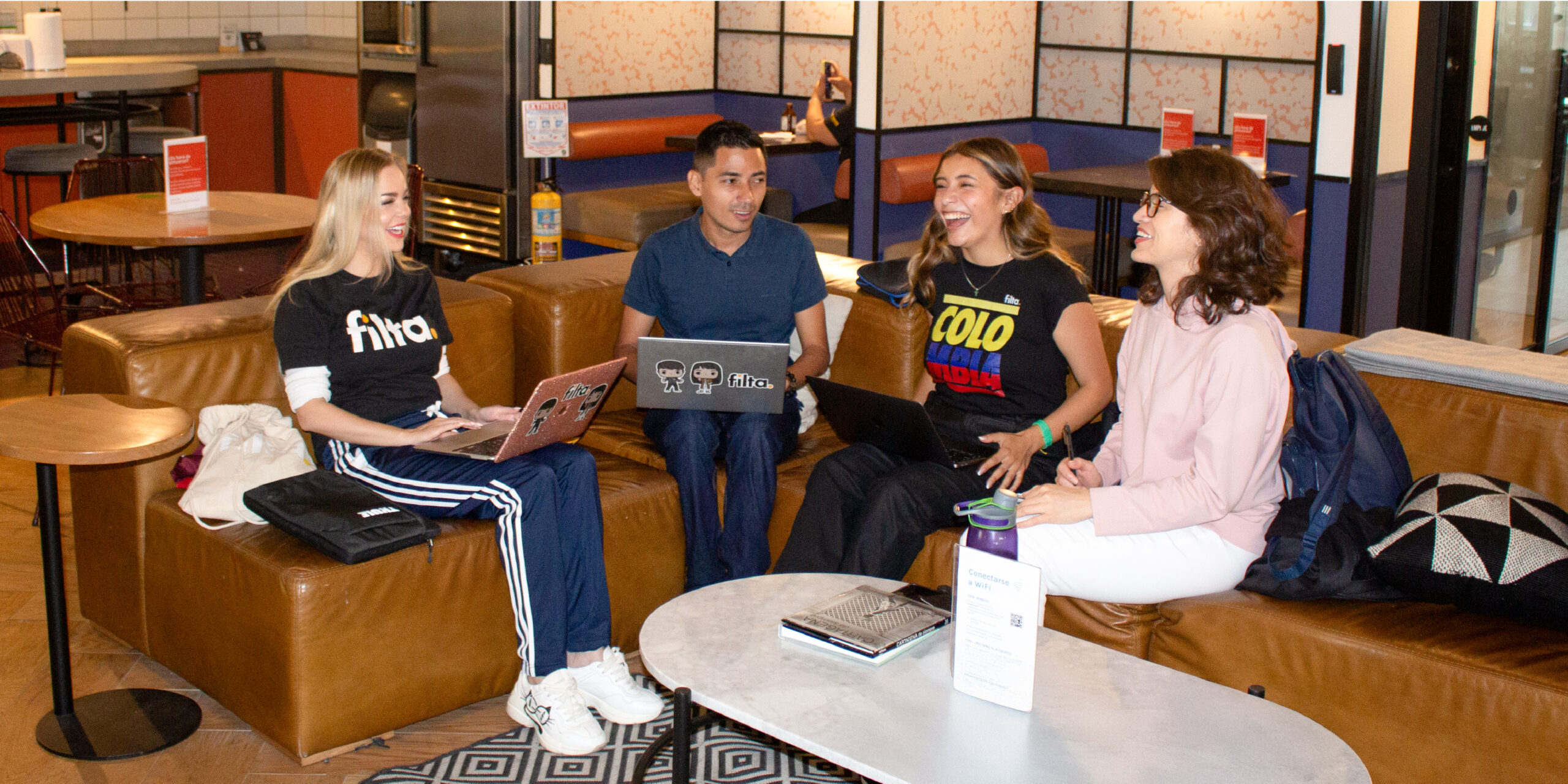What is the Remote Buddy System?
The Remote Buddy System means pairing a new hire with an existing employee who acts as their guide and support system during the onboarding process and beyond.
Think of this buddy as your friendly remote work guide. They’re there to answer your questions, share insights into the company culture, and help you navigate the sometimes “tricky” world of working from home.
Why a Remote Buddy System Matters
Starting a new job, especially in a remote environment, can be isolating. New hires may struggle to grasp company culture, navigate communication tools, or understand unspoken team dynamics. A Remote Buddy System bridges this gap by providing:
- Personalized Support: Buddies offer a safe space for new hires to ask questions, share concerns, and receive tailored advice relevant to their specific role and team.
- Cultural Insights: Buddies can help new hires understand the company culture, including communication styles, collaboration methods, and even local humor. This can be especially valuable for teams spread across different time zones and countries.
- Improved Onboarding: A buddy system complements formal onboarding programs by offering informal learning opportunities. Buddies can share practical tips and tricks specific to the team’s workflow, tools, and projects.
- Boosted Confidence: Having a reliable point of contact can significantly improve a new hire’s confidence. Buddies can offer reassurance, celebrate successes, and help navigate challenges, leading to a smoother transition.
- Enhanced Social Connection: Remote work can feel isolating. Buddies can help new hires build relationships with other team members by facilitating introductions and encouraging participation in virtual social events.
This system is designed to bridge this gap and make working from home a more positive experience. By having a “buddy”, new hires can have a dedicated person they can reach out to if ever they have any questions or concerns.
Buddies can offer a safe space for new hires to ask questions, share concerns, and receive personalized advice relevant to their specific role and team. They can also help new team members understand the company culture, from communication styles to inside jokes.
This is especially helpful for teams spread across the globe. The buddy system goes beyond the formal onboarding process by providing informal learning opportunities. Overall, having a reliable buddy can help a new hire’s confidence and make the transition to a new role smoother.
The buddy system also helps in fighting feelings of isolation by helping employees build connections with other team members. Buddies can introduce new hires to colleagues and encourage participation in virtual social events, making them feel like part of the team from day one.
Benefits for New Hires:
- A buddy helps new hires feel more connected and involved in the company, especially since working remotely can feel lonely.
- With a buddy, new hires can learn things about the company and their roles faster by getting hands-on help with company stuff.
- Buddies can help new hires avoid misunderstandings by explaining company culture and how people from different backgrounds communicate.
- Having a buddy helps new hires feel confident and supported, which can make them happier and more likely to stay with the company.
Benefits for the Company:
- Buddies can learn to coach others and improve their communication skills, which can even lead to leadership roles in the future.
- The buddy system helps new hires feel welcome, which creates a stronger and more collaborative team overall.
- This system helps new hires learn things faster, saving the company time and money.
- Having this system can help new hires feel welcome and supported— this can make your company more attractive to talented job seekers.
Here are some key steps to implement a successful Remote Buddy System:
- Selection Process:
Choose some positive and experienced people to be mentors for the new hires! Find a “buddy” who is excited to share their knowledge and who gets along well with others. It’s great if they’ve been with the company for a year or more, and if their work is similar to what the new person will be doing. This way, they can offer helpful advice and make the new hire feel welcome.
- Matching Buddies and New Hires:
To make sure everyone gets the most out of being paired up, think about things like how much experience each person has, what skills they bring to the table, what they’re interested in, and even where they live in the world. Finding people who like to chat in similar ways can also make things more fun and comfortable.
- Training and Support:
Get your buddies ready! Offer them a training session to learn all about their role as a buddy. This training will cover how to talk clearly and listen well to their new teammate, what to expect during the buddy program, and how to handle any tricky situations that might come up.
- Establishing Expectations and Guidelines:
Clearly outline the scope of the buddy program. This will help everyone know what to expect. This can include the duration, frequency of interaction, and preferred communication methods (e.g., email, video calls, instant messaging).
- Feedback and Evaluation:
To make sure our program stays on track, check in with both the buddy and the new hire to hear their thoughts. This way, you can know what’s working well and make any adjustments needed to keep the program hitting its goals.
This system can be a great way for new hires to adjust to a new work environment, especially when working remotely. To get the most out of this program, both buddies and new hires can take some simple steps.
First, set clear goals together at the beginning. Do you want to learn a specific software program? Get a feel for the company culture? Build relationships with your team? Having clear goals helps you focus your interactions and make the most of your time together.
Next, schedule regular virtual meetings. These could be formal check-ins to discuss progress on your goals, or more casual chats to get to know each other better. The key is to have consistent communication. Buddies, be proactive in reaching out and offering support. New hires, don’t be shy about asking questions!
Finally, remember that communication is key. Buddies should feel comfortable giving constructive feedback, and new hires should be open to receiving it.
Honest communication helps everyone learn and grow. And don’t forget to celebrate successes along the way, big or small! Recognizing achievements builds confidence and makes the learning experience more enjoyable.
The Remote Buddy System isn’t just helpful for getting new employees started, it’s valuable in the long run too. Buddies can become mentors, offering continued guidance and helping new hires grow their careers. This system also helps build connections within the company, bringing people together from different departments and locations.
With more and more people working from home these days, it’s important to make sure everyone feels like part of the team. The Remote Buddy System is a great way to do that. It connects new employees with experienced ones, creating a friendly work environment where new hires can learn and succeed. This helps everyone feel more involved and productive, making the whole team stronger and ready for global success!





